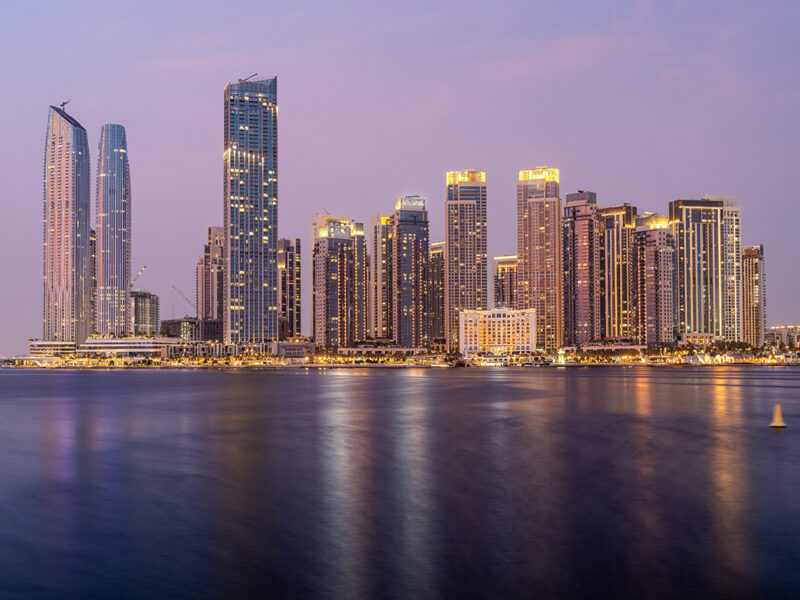Dubai home prices will likely extend declines this year and next as the market works to clear an oversupply that’s been a drag on values since 2014, according to property broker JLL.
“We’re really not at the bottom yet,” Dana Salbak, head of Middle East research at JLL, said on Monday at a virtual roundtable.
“We’re likely to see single digit declines between 5-8 percent over the next year given that supply stays under control and developers continue to phase out their projects rather than flood the market.”
A property glut and faltering demand have driven Dubai home prices down by more than 30 percent since the market peaked seven years ago, a decline made worse by the coronavirus pandemic.
The government has responded by setting up a committee to manage supply and demand as some of the city’s largest developers continued with construction. Some developers have been calling for a moratorium on new projects in Dubai, the Middle East’s tourism and financial hub that’s grown reliant on real estate to power its economy.
At least the pace of price decreases has slowed down and demand has been ticking up, said Salbak. Despite a year-long decline, home prices are still about 20 percent above the levels reached in 2010, when a property crash following the global credit crisis in 2008 cut property values by nearly half.
“It will be awhile before we see the bottom of the market in terms of sales prices,” Salbak said.
She also said the trend of co-working will reboot hotels in the Gulf as a one-stop shop following the impact of the global coronavirus pandemic.
She said large corporate occupiers will increase demand for co-working space around densely populated areas, and mobile workers will use touch-down points in hotels, particularly in Saudi Arabia and Egypt where long commutes are the norm.
[node:story_1]
“Hotels have been exploring co-working spaces as an alternative to their meeting and event space, and the focus has increased and it is expected to stay in 2021. This can help hotels significantly strengthen their branding and boost income,” said Salbak.
At JLL’s annual outlook event hosted virtually in Dubai, Salbak said: “The year 2020 and the pandemic have reminded us of the fragility of our society and ecosystem, and have increased the focus on tech adoption, as well as, sustainability and environmental, social, and corporate governance (ESG).
“To ensure business success, these elements must be at the heart of operating strategies and customer experience. Going forward, these themes will define the shape of the real estate recovery and of real estate investment over the coming years in the Middle East and beyond.”
Salbak on the regional office market
In 2021, office adaptations are likely to mitigate some of the reduction in demand arising from higher levels of homeworking. In the short-term design will be all about “making do with what you have” for most corporates as cash preservation remains a top priority. However, in the long-term office adaptions are likely to drive demand for space.
 Dana Salbak, head of research at JLL MENA
Dana Salbak, head of research at JLL MENA
“Relaxing seating densities, and collaborative spaces are likely to be a more permanent feature in a post-COVID office environment. This will mean more meeting rooms, more video/VR space, and more space dedicated to green space as well as health and wellbeing. Office design will need to factor this in and support the strategy around an all-round best-in-class employee experience.”
Salbak on the regional retail market
With the rise of the online channel, dynamics have changed and there is growing demand for more flexible leases from retailers. It also allows for quicker adaptation and sees innovative operators enter the market.
“Flexible leases can be offered in various ways, ranging from a traditional lease with more break clauses to fully fitted-out space, ready to be used by an entrepreneur, with one months’ notice or space. These formats are increasingly important for retailer and investor real estate strategies in a progressively dynamic environment.”
*With Bloomberg








